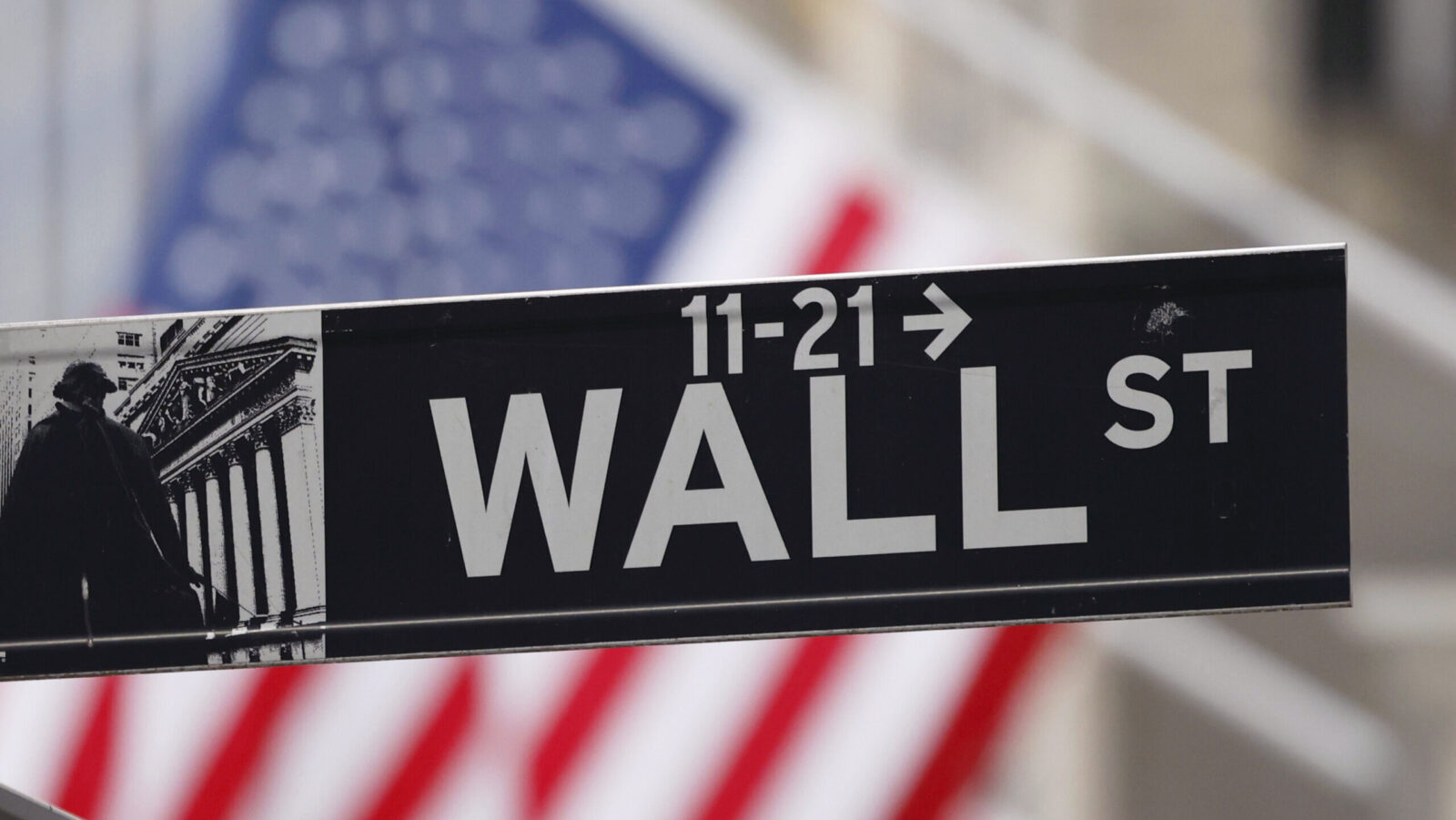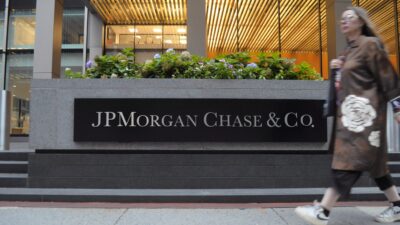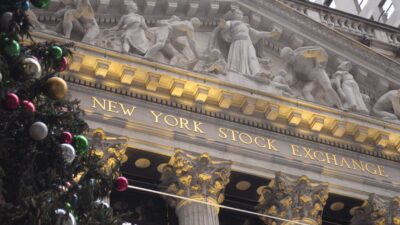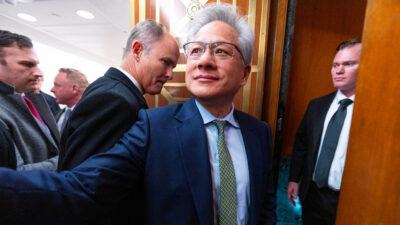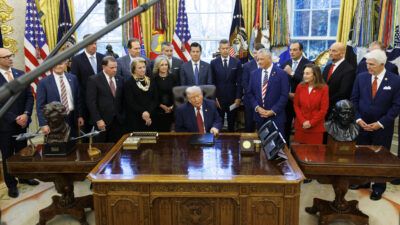How Stablecoins Are Squaring the Circle a Month After GENIUS Act’s Passage
Stablecoins are seen as a lower-risk entry point into crypto because their value is tied to another asset, usually the US dollar.
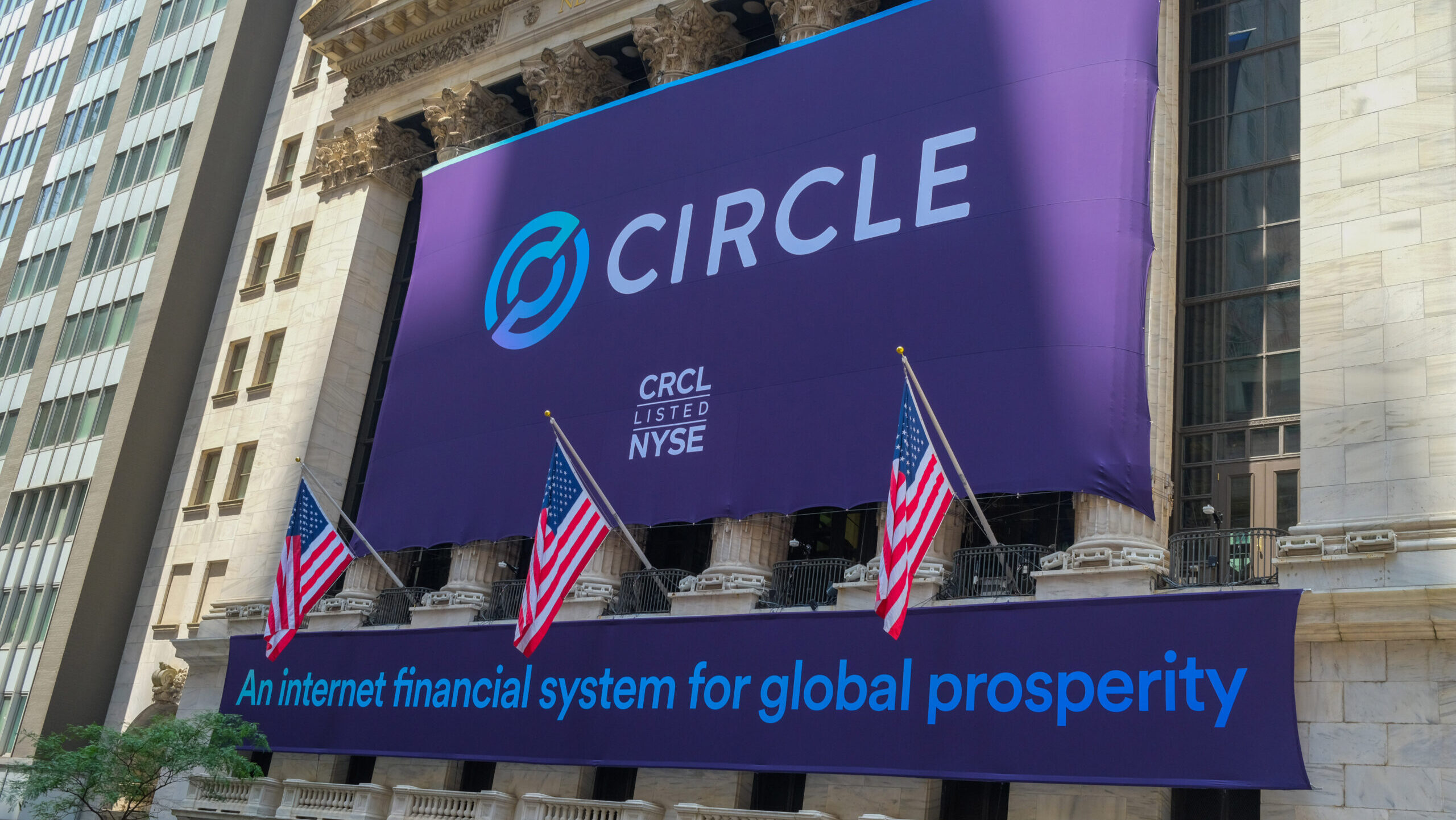
Sign up for smart news, insights, and analysis on the biggest financial stories of the day.
Circle rounded out its first quarter as a publicly traded company with a $482 million loss, but its shares were still 50% higher yesterday than their hyped June debut as investors bank on a bull market for stablecoins.
The crypto company mainly makes revenue, which rose 53%, from returns on reserves of the stablecoin it issues, USD Coin. USDC is the second-largest stablecoin by market cap behind Tether, whose issuing company has remained private. USDC commands 29% of the dollar-backed stablecoin market compared with Tether’s 67%, per CryptoQuant.
USDC’s circulation has expanded 90% over the past year as the company looks to lead the broader financial sector’s foray into stablecoins and crypto.
One Month-iversary
Next Monday will mark one month since President Trump signed the GENIUS Act, landmark legislation that establishes a framework for how companies issue stablecoins, but it’s more like the anniversary of a situationship than a marriage. The legislation will take months, if not years, to go into effect as banking regulators hash out its fine points.
Still, companies are starting to rev their engines at the regulatory red light ahead of them, prepping to hit the gas when it turns green:
- Walmart and Amazon are exploring how to create stablecoins that customers could use to purchase goods on their sites, The Wall Street Journal reported in June. The CEOs of Bank of America and Citigroup said on their financial institutions’ respective earnings calls last month that they’re weighing whether they should make stablecoins of their own.
- Fiserv — whose network processes billions of transactions for thousands of financial institutions and millions of merchants — said in June that it’ll team up with Circle to launch a FIUSD stablecoin. It’s not just Fiserv looking to team up with Circle rather than take on the stablecoin market solo, according to Circle’s CEO, who told CNBC yesterday that the number of financial institutions in talks with the company has surged since its IPO and the passage of the GENIUS Act.
Not Happening Overnight: Stablecoins are seen as a lower-risk entry point into crypto because their value is tied to another asset, usually the US dollar. The coins could let retailers accept crypto payments without taking on the risk of more volatile currencies like memecoins and let banks process cross-border payments faster and more cheaply than traditional transactions. Still, it could be difficult to navigate new rules, especially while they’re still in flux. Experts say banks may need extra cash on hand in order to hold stablecoins, while non-financial companies may be set back by new compliance costs they’re not used to dealing with, such as customer verification.
